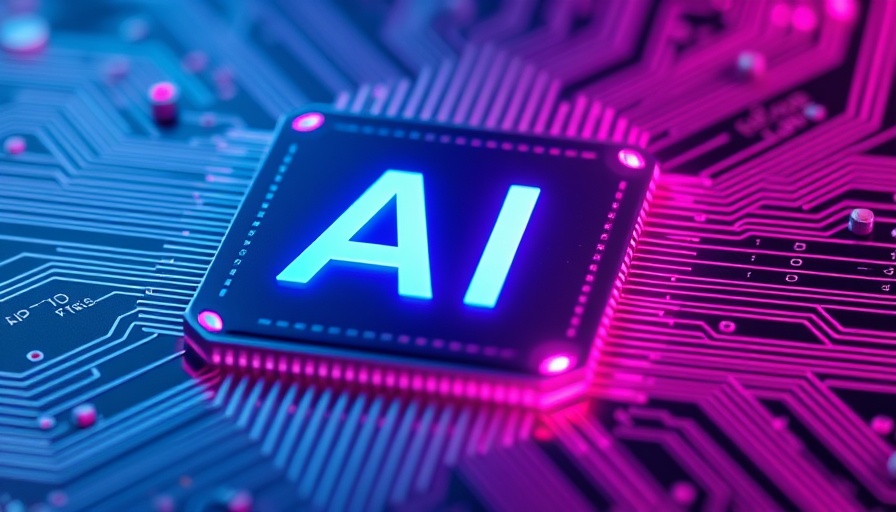
The Importance of Trust in AI Agents
As AI agents increasingly assume roles in sensitive sectors such as finance, healthcare, and public safety, the significance of trust in these systems cannot be overstated. Trust must be actively cultivated and upheld, and this challenge extends beyond mere design; it requires ongoing accountability and alignment with human values. A growing body of literature suggests that operationalizing trust—which encompasses fair and transparent practices—continues to be a key concern in AI development.
AI Agents: A Deeper Dive into Their Functionality
AI agents are more advanced than standard chatbots; they analyze data, make decisions, take action, and learn from their experiences. This transformative capability is reshaping numerous industries, offering organizations the potential for significant operational improvements. However, the path toward developing trustworthy AI agents must be navigated with a vigilance to ethical considerations and societal impact.
From Intent to Implementation: The SAS Viya Framework
SAS Viya positions itself at the forefront of responsible AI development, providing organizations with a robust set of tools to ensure that trust is embedded in every phase of an AI agent's lifecycle. This includes:
- Foundation: Data Integrity and Governance - Trustworthy AI agents originate from high-quality data. SAS Viya offers comprehensive data governance practices such as lineage tracking, automated quality assessments, and proactive bias detection to foster transparency and reliability.
- Decision Transparency - AI agents should be transparent about their decision-making processes. This transparency helps to eliminate biases and promotes fairness.
- Human-AI Collaboration - Continual collaboration between human stakeholders and AI systems enhances trust. Human insights can guide AI development and refinement, ensuring alignment with ethical standards.
- Continuous Trust Maintenance - Maintaining trust is an ongoing process, not a one-time effort. Organizations must regularly evaluate AI systems to adapt to new challenges and ensure ethical alignment.
Enhancing Organizational Impact with Trustworthy AI
Achieving operational trust in AI agents can have a profound impact on organizational performance. In sectors like healthcare, for instance, AI agents could prioritize emergency responses based on real-time data analysis. In finance, they might optimize credit limits dynamically by analyzing market fluctuations. Such applications underscore the necessity of operationalizing trust—not just claiming to uphold ethical standards but demonstrating it through consistent and accountable actions.
Challenges in Building Trust
Despite the growing consensus on the importance of trust, organizations frequently encounter challenges in its operationalization. Common misconceptions include the belief that merely invoking ethical principles suffices or that trust can be seamlessly integrated without ongoing effort. Instead, organizations must embrace a culture of accountability, continuously scrutinizing both their data practices and AI system deployments.
A Future-Ready AI Landscape
As AI technology advances, the potential for innovation is accompanied by the responsibility to cultivate trust. Failure to do so may lead to public skepticism and regulatory hurdles. Upholding trust will inevitably pave the way for broader acceptance and adoption of AI agents across diverse sectors. The path ahead supports an iterative process, where the lessons learned inform future AI developments and the evolving role of these systems in our lives.
Conclusion: Trust in AI is a Journey
In sum, the journey toward building trustworthy AI agents begins with recognizing that trust must be operationalized throughout their lifecycle. Organizations leveraging SAS Viya not only optimize their AI initiatives but also embody an ethical commitment to transparency, accountability, and human collaboration. As the landscape of AI continues to evolve, the fostering of trust will be fundamental to its success.
 Add Row
Add Row  Add
Add 




Write A Comment